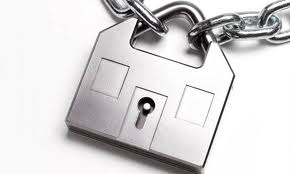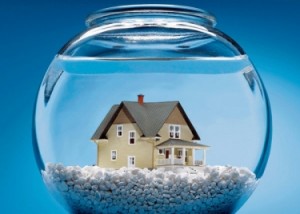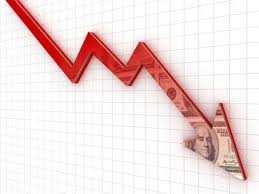The wait may be over for homeowners who want to refinance but owe more on their mortgages than their homes are worth. Many borrowers are now able to refinance through HARP 2.0, a program that allows borrowers to refinance regardless of how deeply underwater they are. Our investors are still rolling this out, so we expect details to change. In the meantime, here are the important details:
In places that were hit hardest by the housing downturn, homeowners have been waiting to refinance under HARP 2.0 for months, as it is their only chance to refinance at a lower rate.
HARP 2.0, a revamped version of the Home Affordable Refinance Program, was announced in 2011. Until now, only a limited number of borrowers had access to it. Although a few national lenders started to offer HARP 2.0 refinances to their own customers earlier this year, most lenders had to wait for Fannie Mae and Freddie Mac to update their automated underwriting systems with the program’s new rules. All updates should be completed by March 17, 2012.
Who’s Eligible for HARP 2.0?
To qualify for a HARP 2.0 refinance, you must meet these requirements.
- Your mortgage must have been sold to Fannie Mae or Freddie Mac before June 1, 2009. Click here to check Fannie Mae, here to check Freddie Mac.
- You must be current on the mortgage and have no late payments in the last twelve months. A late payment is defined as one that’s more than 30 days overdue.
- This must be your first refinance through HARP. If you have refinanced under an earlier version of HARP, then you do not qualify.
HARP 2.0 Might Succeed
Borrowers have grown frustrated as they hear announcements of numerous mortgage relief programs that do little to help them. But HARP 2.0 has the potential to succeed. Many of the obstacles borrowers faced in earlier versions of HARP were removed. The program is expected to help thousands of underwater borrowers lower their monthly house payments, mortgage experts say.
The previous version of the program did not allow refinances for borrowers who owed more than 125% of what their homes were worth. That requirement stood as a major obstacle to thousands of borrowers whose homes plunged in value. HARP 2.0 removes that cap.
HARP 2.0 releases the lender’s liability on the original loan. In short, that’s a key incentive to get lenders to embrace the program.
With the previous version of HARP, many homeowners complained that lenders wouldn’t refinance more than 105% of a home’s value, even though the program’s cap was 125%. Some feared lenders would adopt a similar policy for HARP 2.0. But many have removed the cap and are willing to refinance according to the HARP 2.0 new guidelines.
Lender Overlays to HARP 2.0
Lenders may add their own internal requirements, called “overlays,” to the HARP 2.0 guidelines. Although there is no minimum credit score to qualify for HARP 2.0, some lenders will require a minimum of 620. Such a requirement is an overlay.
Lenders are required to verify income, employment and credit history under HARP 2.0. But it appears that many lenders will offer HARP 2.0 refis with limited overlays, especially on primary homes.
Second Mortgages Not as Big of an Obstacle under HARP 2.0
If you have a second mortgage, you’re more likely to encounter delays. That’s because the second mortgage lender has to sign off on the refinance, agreeing to subordinate the loan to the lender who refinances the first mortgage.
But the good news is, lenders will be more willing to sign off on HARP 2.0 refinances than they were with the previous version of HARP, industry experts say.



